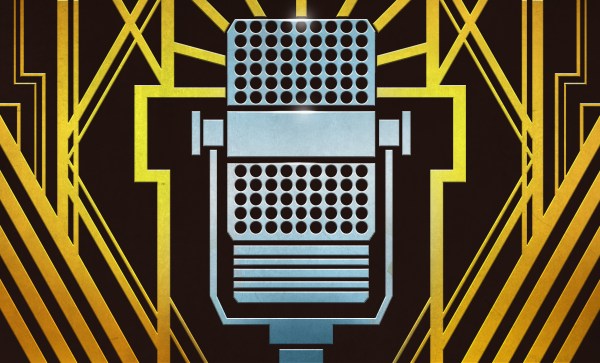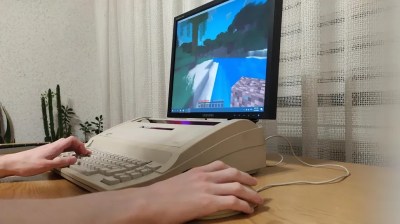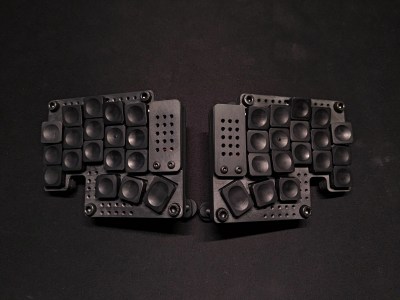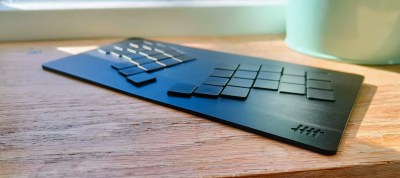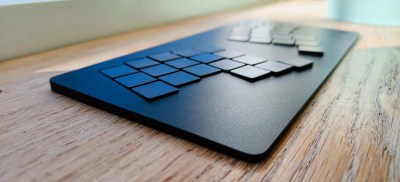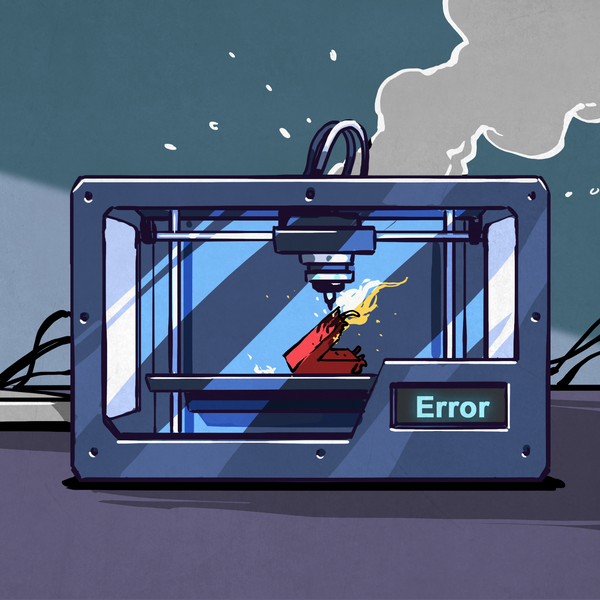This week, Hackaday’s Elliot Williams and Kristina Panos joined forces to bring you the latest news, mystery sound, and of course, a big bunch of hacks from the previous week.
In Hackaday news, the One Hertz Challenge ticks on. You have until Tuesday, August 19th to show us what you’ve got, so head over to Hackaday.IO and get started now! In other news, we’ve just wrapped the call for Supercon proposals, so you can probably expect to see tickets for sale fairly soon.
On What’s That Sound, Kristina actually got this one with some prodding. Congratulations to [Alex] who knew exactly what it was and wins a limited edition Hackaday Podcast t-shirt!
After that, it’s on to the hacks and such, beginning with a ridiculously fast Benchy. We take a look at a bunch of awesome 3D prints a PEZ blaster and a cowbell that rings true. Then we explore chisanbop, which is not actually K-Pop for toddlers, as well as a couple of clocks. Finally, we talk a bit about dithering before taking a look at the top tech of 1985 as shown in Back to the Future (1985).
Check out the links below if you want to follow along, and as always, tell us what you think about this episode in the comments!
Download in DRM-free MP3 and savor at your leisure.
Continue reading “Hackaday Podcast Episode 328: Benchies, Beanies, And Back To The Future“

